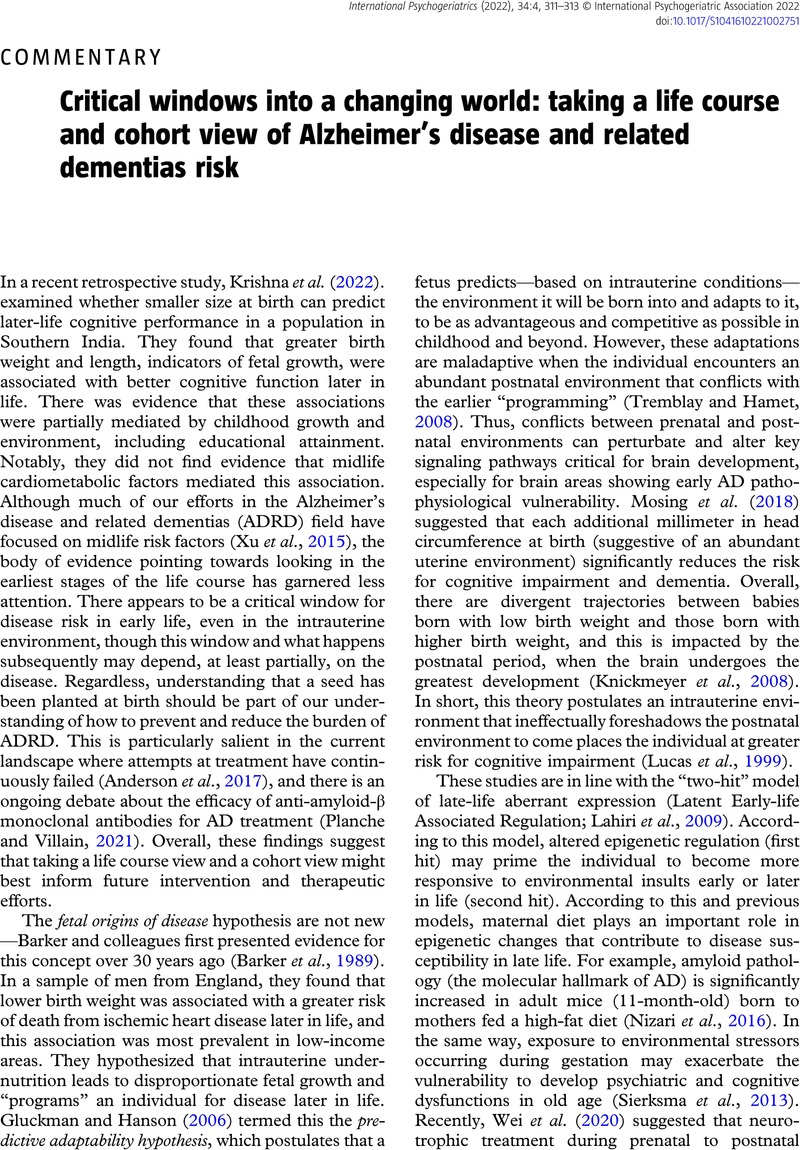Crossref Citations
This article has been cited by the following publications. This list is generated based on data provided by Crossref.
Rodda, Joanne
and
Carter, Janet
2023.
Highlighting the need for better care planning in young-onset dementia.
International Psychogeriatrics,
Vol. 35,
Issue. 9,
p.
453.



